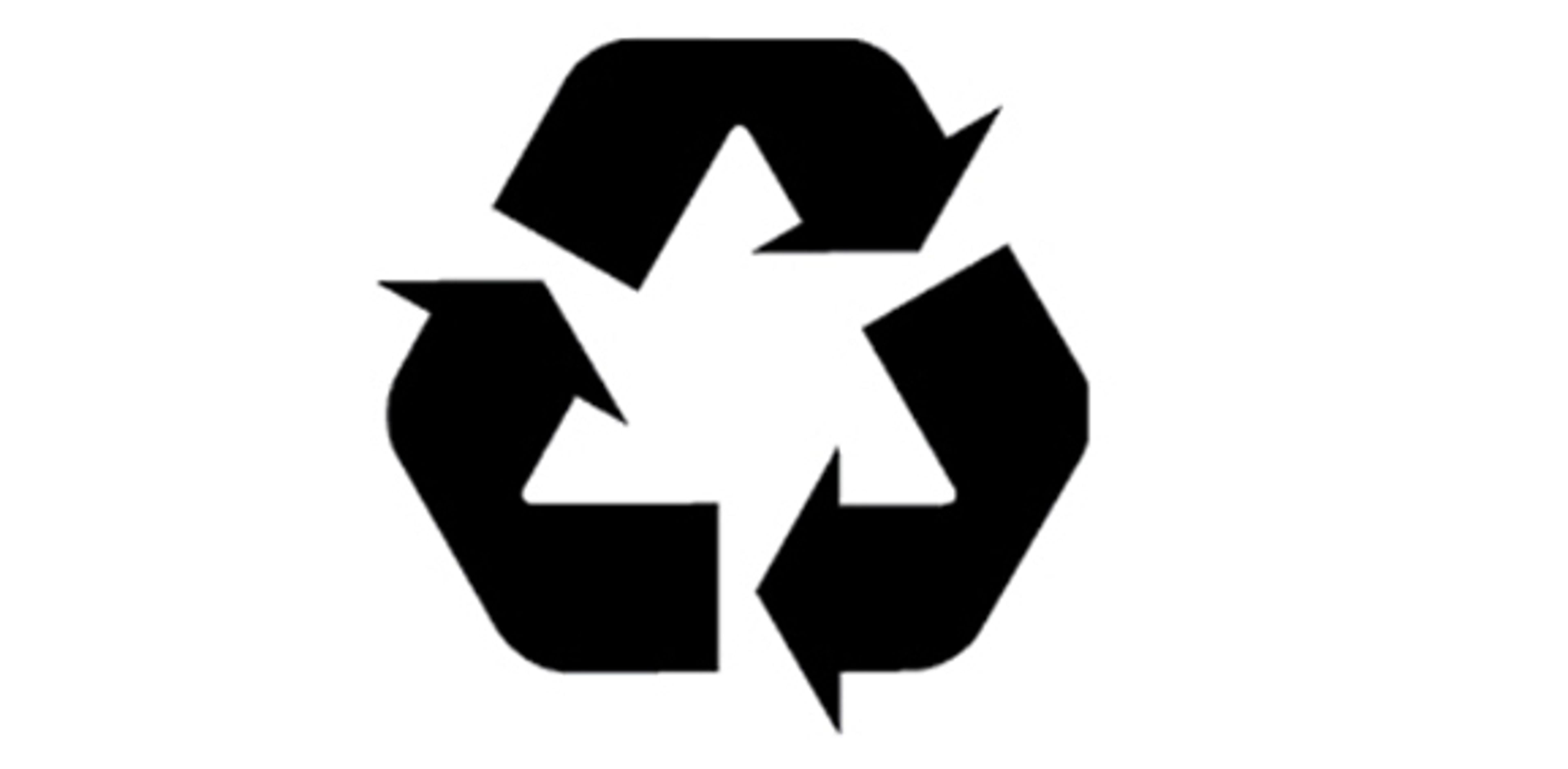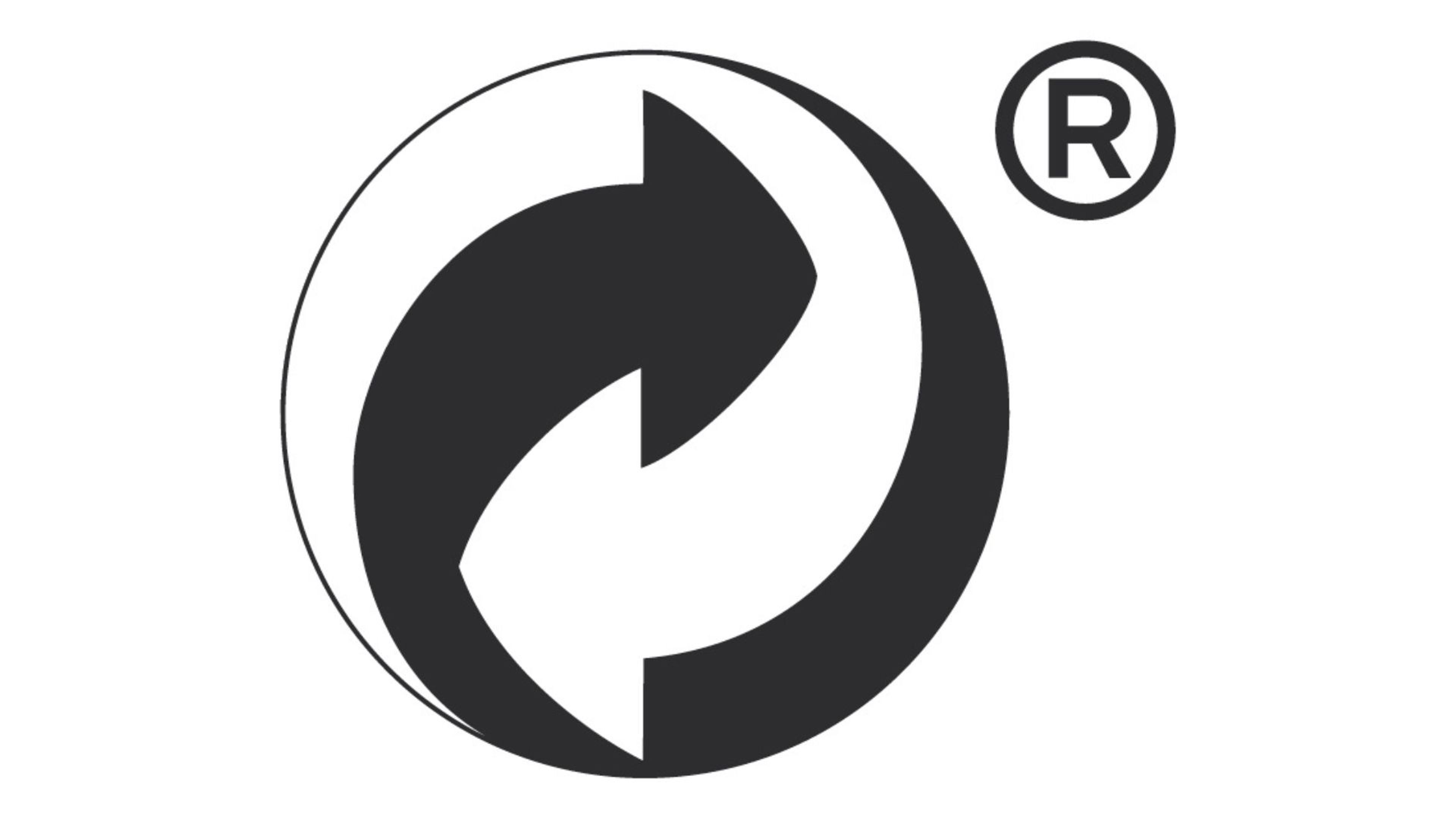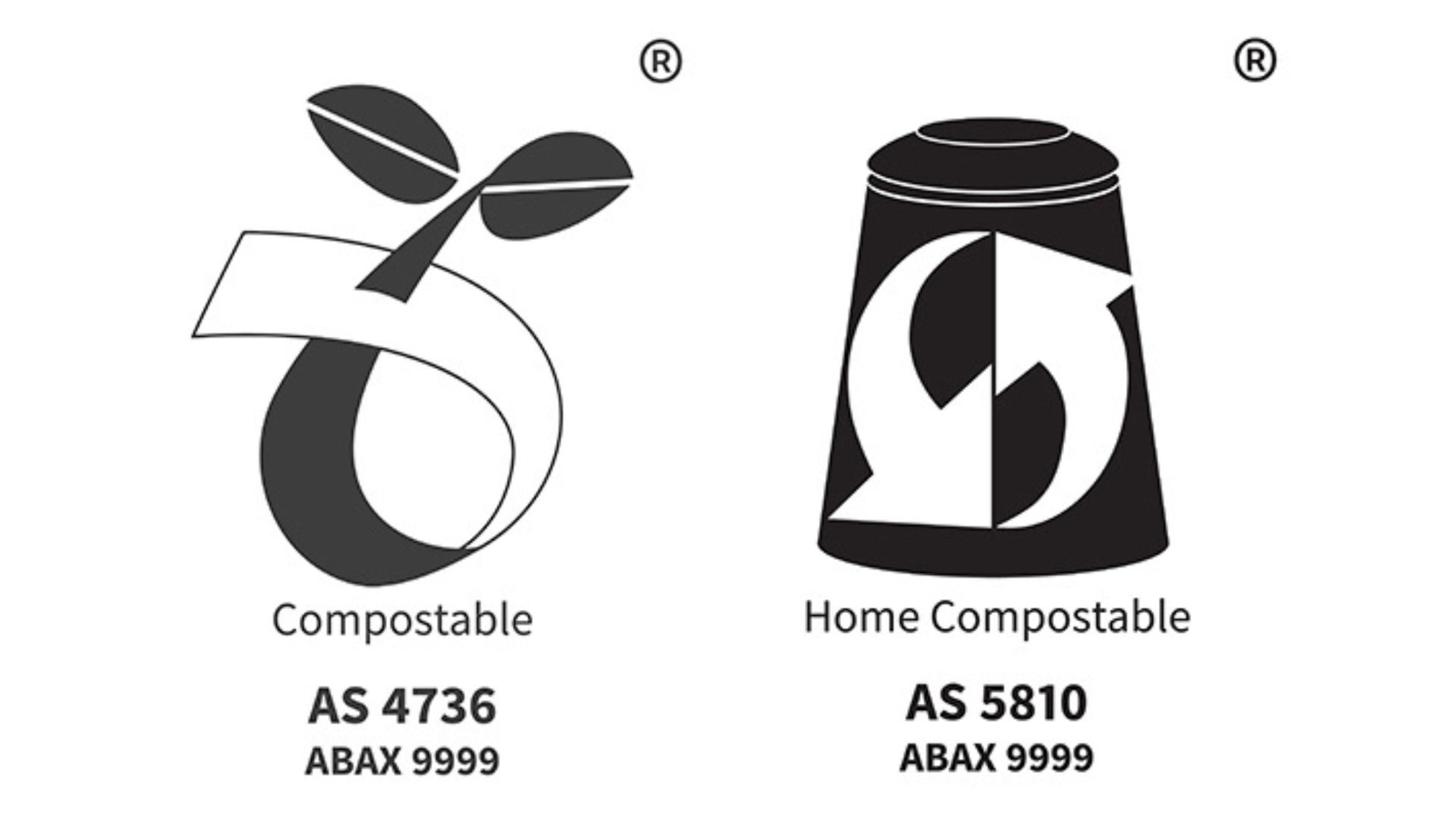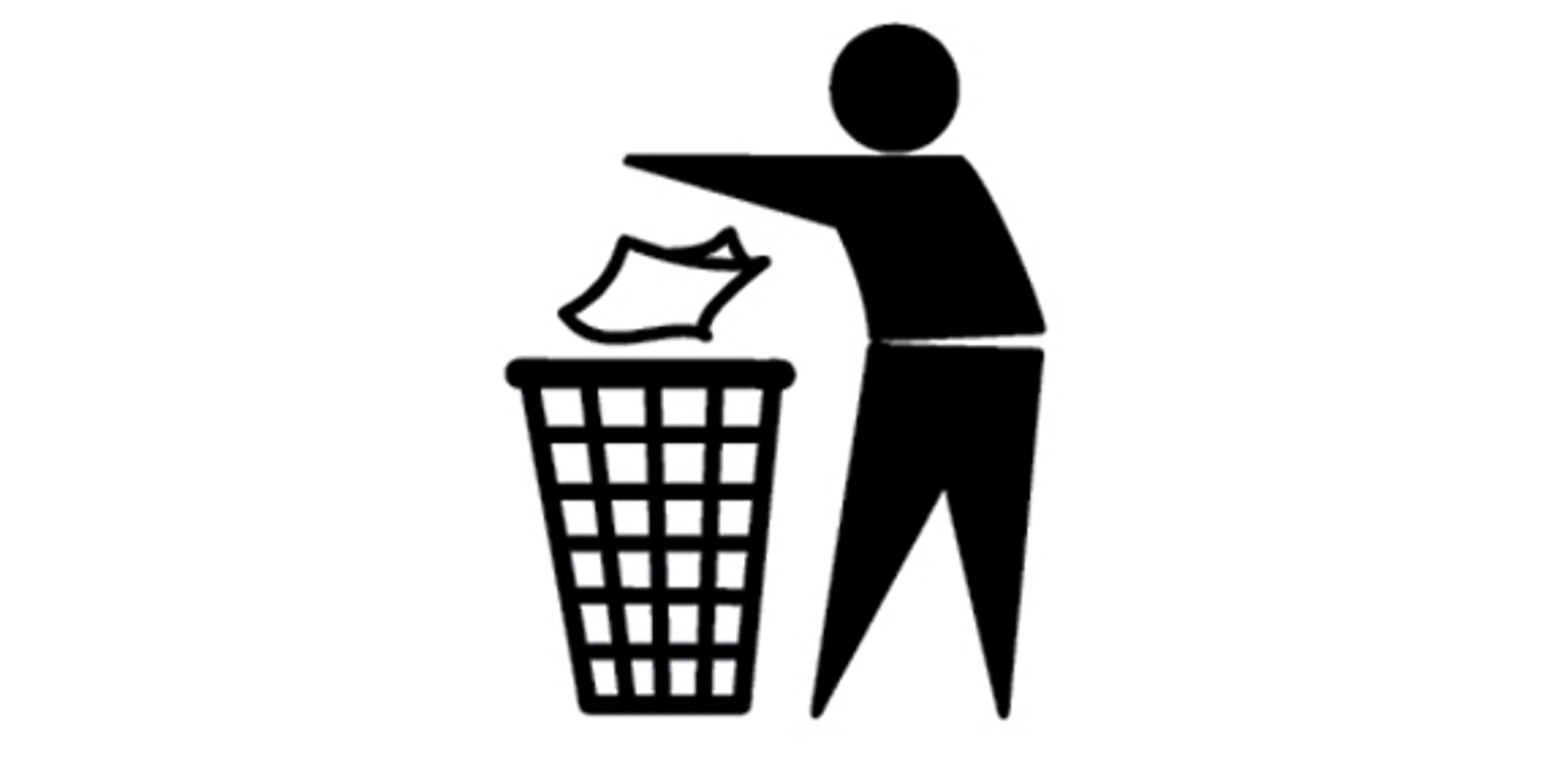Sustainable waste management is a rising sentiment in Australia, especially as we face global environmental challenges. The push for environmental sustainability has always been crucial in conserving resources, lowering carbon emissions, and reducing landfill waste.
At home, environmental sustainability starts with a simple act - recycling.
Recycling is a valuable effort that ensures our waste is reused instead of becoming a source of contamination. However, with so many recycling signs and symbols, knowing and understanding them all can be confusing.
In this blog, we’ll explore why recycling is vital for Australia’s future and what your everyday recycling symbols mean.
What are Recycling Symbols?
Recycling symbols are graphic icons that help users identify how to properly dispose of certain wastes. These symbols determine whether an item can be recycled or if it should go to your red bin. As a consumer, you may see these icons in your cans, boxes, glassware, and even cooking utensils.
In Australia, recycling symbols are important for maintaining our sustainability goals. Australia sends over 20 million tonnes of waste to landfills each year, representing 27% of total generated solid waste. As such, recycling is a key initiative managed by local governments and councils, including its collection, processing, and disposal.
Common Recycling Symbols in Australia
Let’s explore some of the key recycling symbols that are prominently displayed in Australia.
1. The Morbius Loop

Logo recycling
The Morbius Loop is a universal symbol of recycling, indicating that a product is recyclable and should not be thrown into the red bin. However, an item with this symbol is not necessarily accepted in all recycling facilities.
As recycling services differ for each council, it’s important to check what your council’s waste management services can collect before putting this item in your red bin. For example, Sydney residents and businesses can check their recycling guidelines for individual councils on the City of Sydney website page.
2. The Australasian Recycling Label (ARL)

A clear guide with options like "Recycle", "Check locally", or "Don't Recycle".
The Australian Recycling label informs the user exactly what to do with each item, or parts of the item. Many goods we use, such as bottles and milk cartons, may have different parts which can’t all be recycled. This labelling system provides a clear directive based on Australian recycling standards.
Here’s what you need to do for an item with the ARL symbols above:
- Solid recycling symbol: Recycle in your recycling bin
- Transparent recycling symbol: Follow further instructions on the symbol
- Bin symbol: Throw in your general waste bin
3. Plastics Identification Codes

Numbers (1-7) inside a triangle of arrows.
Plastics identification code (resin code) does not indicate whether the item can be recycled. Rather, it identifies the type of plastics used in the product, some of which are recyclable in specific facilities. Numbers 1 and 2 are recyclable in all cases, while numbers 3 to 7 can only be recycled in some facilities.
For these symbols, you should check your council’s advice for items numbered 3 to 7.
4. The Green Dot

Two intertwined arrows forming a circle.
The Green Dot is not a recycling symbol. Rather, it indicates that the manufacturer has contributed to the recycling of that packaging in some way. If you notice this symbol on your item, look for other recycling symbols for further instructions, or throw it in the red bin if there are none.
5. Compostable Symbols

Plant symbols, usually accompanied by the word "compostable".
This seedling logo indicates that the item is safe for composting in industrial facilities or home compost systems. If you’re a home consumer, they can be thrown in your compost bin along with grass clippings, food scraps, and other organic matter. Compostable materials will break down over several months or years.
6. The Tidy Man

A stick figure tossing something into a bin.
The tidy man is also not a recycling symbol. Rather, it encourages us to dispose of our waste properly (i.e. in a designated bin).
Benefits of Understanding and Using Recycling Symbols
Recycling symbols play a big role in educating us about sustainable waste management, benefiting us environmentally and economically.
Understanding and properly using recycling symbols has a direct and profound effect on reducing environmental harm. When we sort and dispose of our waste correctly, we help divert millions of tons of materials from landfills, where they would otherwise take years to decompose. It also helps us lower our carbon footprint and produce less energy manufacturing these items than our factories would otherwise.
But recycling doesn’t just benefit the environment, it also gives our local economy a boost. Recycling activities contribute to a more efficient waste management system, which in turn helps reduce the costs associated with landfill disposal and waste collection.
Additionally, the recycling industry itself is a major source of local employment. In Australia, recycling companies like City Return and Earn employ hundreds of workers to collect and sort waste in our local centres. Understanding and acting on recycling symbols helps support these local jobs and businesses.
How to Recycle in Australia
Before you recycle, check your local council rules and regulations regarding the recycling symbol, as these practices may vary with each suburb. Most councils would have a website detailing specific guidelines on how to recycle your waste sustainably.
You should also properly prepare your items before recycling. Here are some of the general guidelines:
- Rinse all food and beverage containers and leave them to dry
- Remove labels and lids on your items
- Flatten any cardboard to maximise space
- Don't bag your recyclables
Recycle With City Return and Earn Today
Looking to recycle your containers in Australia? Instead of recycling your drink containers through your household yellow bin, why not bring them to City Return and Earn? Our depots in Victoria and New South Wales help consumers recycle their waste conveniently while earning 10 cents for every eligible container.
City Return and Earn is a recycling initiative and movement that champions a sustainable future. As part of the NSW Return and Earn container recycling scheme, our recycling depots help consumers recycle their waste conveniently while earning 10 cents for every eligible container.
By recycling with City Return and Earn, you not only contribute to resource conservation by diverting materials from landfills, you also support a community initiative that provides local job opportunities in collection, processing, and distribution.
For individuals who are unable to visit our depot, City Return and Earn makes recycling accessible and convenient with our Home Collection service. With home collection, residents are provided with a bin for their recyclable containers, which our team will collect directly from their homes and replace with an empty one.
Visit our website to learn more about our Return and Earn Scheme. Together, we can make a lasting impact on the environment and ensure a better world for the generations to come.
Take Action Today for a Greener Tomorrow
Join us in our mission to reduce environmental impact and build a greener community for generations to come.